Home>Furniture & Design>Bathroom Accessories>How Do You Think The Bathtub Ring Formed
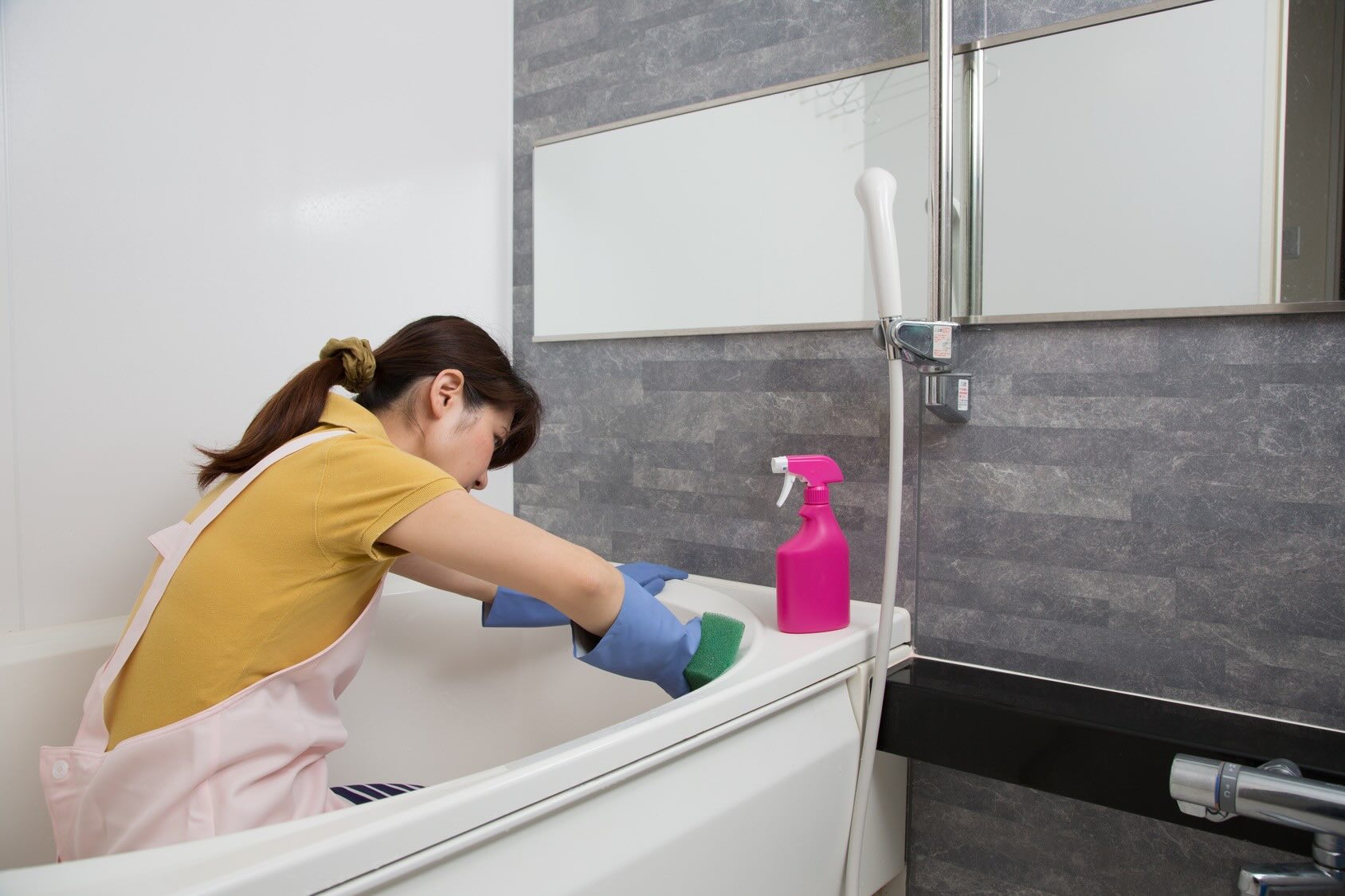

Bathroom Accessories
How Do You Think The Bathtub Ring Formed
Published: February 20, 2024
Discover how the bathtub ring is formed and how bathroom accessories can help prevent it. Learn more about maintaining a clean and hygienic bathroom.
(Many of the links in this article redirect to a specific reviewed product. Your purchase of these products through affiliate links helps to generate commission for Storables.com, at no extra cost. Learn more)
Introduction
Have you ever noticed an unsightly ring around the waterline of your bathtub? It's a common occurrence that can be quite frustrating to deal with. Understanding how this bathtub ring forms and learning effective ways to prevent and remove it can help you maintain a clean and inviting bathroom space.
The formation of a bathtub ring is often a result of various factors, including the composition of the water, the presence of soap scum, body oils, and other residues. While it may seem like a minor issue, a bathtub ring can detract from the overall cleanliness and appeal of your bathroom. Therefore, it's essential to address this concern promptly and effectively.
In this article, we will delve into the causes of bathtub ring formation, explore preventive measures to keep your bathtub clean, and discuss effective methods for removing existing bathtub rings. By gaining a comprehensive understanding of this common bathroom issue, you'll be better equipped to maintain a sparkling clean bathtub and a more enjoyable bathing experience. So, let's dive in and uncover the secrets to keeping your bathtub free from those pesky rings!
Key Takeaways:
- Say goodbye to bathtub rings by regularly cleaning with vinegar and water, using non-abrasive cleaners, and choosing bath products that minimize residue buildup. Preventive measures like using bath mats and proper ventilation can keep your bathtub sparkling clean.
- Remove stubborn bathtub rings with a paste of vinegar and baking soda, or a natural alternative of lemon juice and salt. Follow up with preventive maintenance to minimize future buildup and enjoy a hygienic bathing environment.
Read more: How Do You Measure A Bathtub
What is a Bathtub Ring?
A bathtub ring, also known as a waterline ring, is a visible residue that forms around the interior perimeter of a bathtub at the waterline. This ring is typically a combination of soap scum, body oils, dirt, and minerals from the water. When bathwater evaporates, it leaves behind these substances, which accumulate and form a noticeable ring.
The formation of a bathtub ring is a natural consequence of the interaction between water, soap, and the human body. As bathwater drains, the residue from soap, shampoo, and body oils adheres to the bathtub's surface. Over time, this residue accumulates and dries, leaving behind a visible ring that can be challenging to remove.
The appearance of a bathtub ring can vary depending on the composition of the water and the frequency of bathtub use. In areas with hard water, which contains high levels of minerals such as calcium and magnesium, the bathtub ring may appear more pronounced due to the mineral deposits left behind as the water evaporates. Additionally, the use of certain bath products, such as oily soaps and lotions, can contribute to the buildup of residue and the formation of a more stubborn bathtub ring.
The presence of a bathtub ring not only detracts from the aesthetic appeal of the bathtub but also serves as a breeding ground for bacteria and mold. If left unaddressed, the accumulation of residue can compromise the cleanliness and hygiene of the bathtub, potentially leading to unpleasant odors and unsanitary conditions.
Understanding the composition and formation of a bathtub ring is crucial for implementing effective preventive measures and removal techniques. By gaining insight into the factors contributing to its formation, you can take proactive steps to maintain a clean and inviting bathtub, enhancing the overall comfort and hygiene of your bathroom space.
Causes of Bathtub Ring Formation
The formation of a bathtub ring is influenced by several factors that contribute to the accumulation of residue and the development of the unsightly ring around the waterline. Understanding these causes is essential for implementing effective preventive measures and removal techniques. Let's explore the primary factors that lead to the formation of bathtub rings:
-
Soap Scum: When soap is used during bathing, it combines with minerals in the water to form a sticky residue known as soap scum. This residue adheres to the bathtub's surface and, over time, contributes to the formation of a bathtub ring. Soap scum is particularly prevalent in areas with hard water, where the high mineral content facilitates its accumulation.
-
Body Oils and Dirt: As bathers use the bathtub, body oils, sweat, and dirt are released into the water. These substances can adhere to the bathtub's surface and, when combined with soap scum, contribute to the formation of a persistent bathtub ring. The accumulation of body oils and dirt is more pronounced in households with multiple bathers or frequent bathtub use.
-
Hard Water Deposits: In regions with hard water, the presence of high levels of minerals, such as calcium and magnesium, can lead to the buildup of mineral deposits on the bathtub's surface. As bathwater evaporates, these mineral deposits remain behind, contributing to the formation of a visible bathtub ring. The mineral content of the water directly influences the severity of the ring's formation.
-
Residue from Bath Products: Certain bath products, including oily soaps, lotions, and bath oils, can leave behind a stubborn residue that contributes to the formation of a bathtub ring. These products contain ingredients that, when combined with water and body oils, create a sticky film that adheres to the bathtub's surface, exacerbating the accumulation of residue.
-
Inadequate Cleaning: Insufficient or irregular cleaning of the bathtub can exacerbate the formation of a bathtub ring. When residue is allowed to accumulate over time without proper cleaning and maintenance, it becomes more challenging to remove, leading to the development of a persistent ring around the waterline.
By understanding the causes of bathtub ring formation, individuals can take proactive steps to address these factors and implement preventive measures to maintain a clean and inviting bathtub. Additionally, awareness of these causes enables the selection of appropriate cleaning products and techniques for effective bathtub ring removal, ensuring a hygienic and visually appealing bathing environment.
The bathtub ring forms from soap scum and body oils that stick to the tub’s surface. Regular cleaning with a mild abrasive cleaner can help prevent it.
Prevention of Bathtub Ring
Preventing the formation of a bathtub ring is essential for maintaining a clean and inviting bathing environment. By implementing proactive measures and incorporating regular maintenance practices, individuals can effectively minimize the accumulation of residue and deter the development of unsightly bathtub rings. Here are several preventive strategies to keep your bathtub free from the persistent ring:
-
Regular Cleaning: Establish a consistent cleaning routine to remove soap scum, body oils, and other residues from the bathtub's surface. Use a non-abrasive cleaner or a homemade solution of vinegar and water to scrub the bathtub regularly, preventing the buildup of residue that contributes to the formation of a bathtub ring.
-
Use of Bath Mats: Place a non-slip bath mat in the bathtub to create a barrier between the bathers and the tub's surface. This can help minimize the transfer of body oils and dirt directly onto the bathtub, reducing the accumulation of residue that contributes to the formation of a bathtub ring.
-
Prompt Rinsing: After bathing, rinse the bathtub thoroughly with clean water to remove any residual soap, body oils, and bath product residues. This simple practice can prevent the accumulation of substances that contribute to the formation of a bathtub ring, maintaining a cleaner bathtub surface.
-
Selection of Bath Products: Choose bath products, such as soaps and shampoos, that are formulated to minimize residue buildup. Opt for products that are less likely to leave behind a sticky film, reducing the potential for soap scum and other residues to adhere to the bathtub's surface.
-
Water Softening Solutions: In areas with hard water, consider using a water softening system or adding water softening agents to the bathwater. By reducing the mineral content in the water, these solutions can help minimize the buildup of hard water deposits and mitigate the formation of a persistent bathtub ring.
-
Ventilation: Ensure adequate ventilation in the bathroom to facilitate the drying of the bathtub after each use. Proper ventilation can help reduce the moisture content in the bathroom, preventing the prolonged accumulation of residue and minimizing the likelihood of bathtub ring formation.
By incorporating these preventive measures into your bathroom maintenance routine, you can effectively minimize the accumulation of residue and deter the formation of a persistent bathtub ring. These proactive strategies not only contribute to a cleaner and more hygienic bathing environment but also reduce the effort required for bathtub cleaning and maintenance. With consistent implementation, these preventive measures can help you enjoy a sparkling clean bathtub free from unsightly rings.
Removal of Bathtub Ring
Removing a stubborn bathtub ring requires effective cleaning techniques and the use of appropriate cleaning products to eliminate the accumulated residue and restore the bathtub's pristine appearance. Here are detailed steps for the removal of a bathtub ring:
-
Vinegar and Baking Soda Solution: Create a paste by mixing white vinegar and baking soda to form a thick, spreadable consistency. Apply the paste to the bathtub ring, ensuring complete coverage of the affected area. Allow the paste to sit for approximately 15-20 minutes to penetrate and loosen the residue.
-
Scrubbing with a Soft Brush: Using a soft-bristled brush or a non-abrasive sponge, gently scrub the treated area in circular motions. The combination of vinegar and baking soda works to break down the soap scum, body oils, and mineral deposits, making it easier to remove the stubborn residue from the bathtub's surface.
-
Rinsing and Wiping: After thorough scrubbing, rinse the bathtub with clean water to remove the loosened residue and the vinegar-baking soda paste. Use a clean cloth or sponge to wipe the bathtub surface, ensuring the complete removal of the residue and the restoration of the bathtub's cleanliness.
-
Commercial Cleaners: If the bathtub ring persists, consider using a commercial cleaner specifically formulated for removing tough stains and residues. Choose a cleaner designed for use on bathtubs and follow the manufacturer's instructions for application and removal. Always ensure proper ventilation when using commercial cleaning products.
-
Lemon Juice and Salt: For a natural and aromatic alternative, create a paste by mixing lemon juice and salt. Apply the paste to the bathtub ring and let it sit for a few minutes before gently scrubbing the area. The acidic properties of lemon juice combined with the abrasive texture of salt can effectively break down and lift the residue from the bathtub's surface.
-
Preventive Maintenance: Once the bathtub ring is successfully removed, implement preventive measures to minimize future buildup. Regularly clean the bathtub, rinse it after each use, and consider using a squeegee to remove excess water and prevent the accumulation of residue.
By following these detailed steps and utilizing effective cleaning solutions, you can successfully remove a stubborn bathtub ring and restore the cleanliness and appeal of your bathtub. Consistent maintenance and proactive cleaning practices can help prevent the recurrence of bathtub rings, ensuring a hygienic and visually pleasing bathing environment.
Frequently Asked Questions about How Do You Think The Bathtub Ring Formed
Was this page helpful?
At Storables.com, we guarantee accurate and reliable information. Our content, validated by Expert Board Contributors, is crafted following stringent Editorial Policies. We're committed to providing you with well-researched, expert-backed insights for all your informational needs.



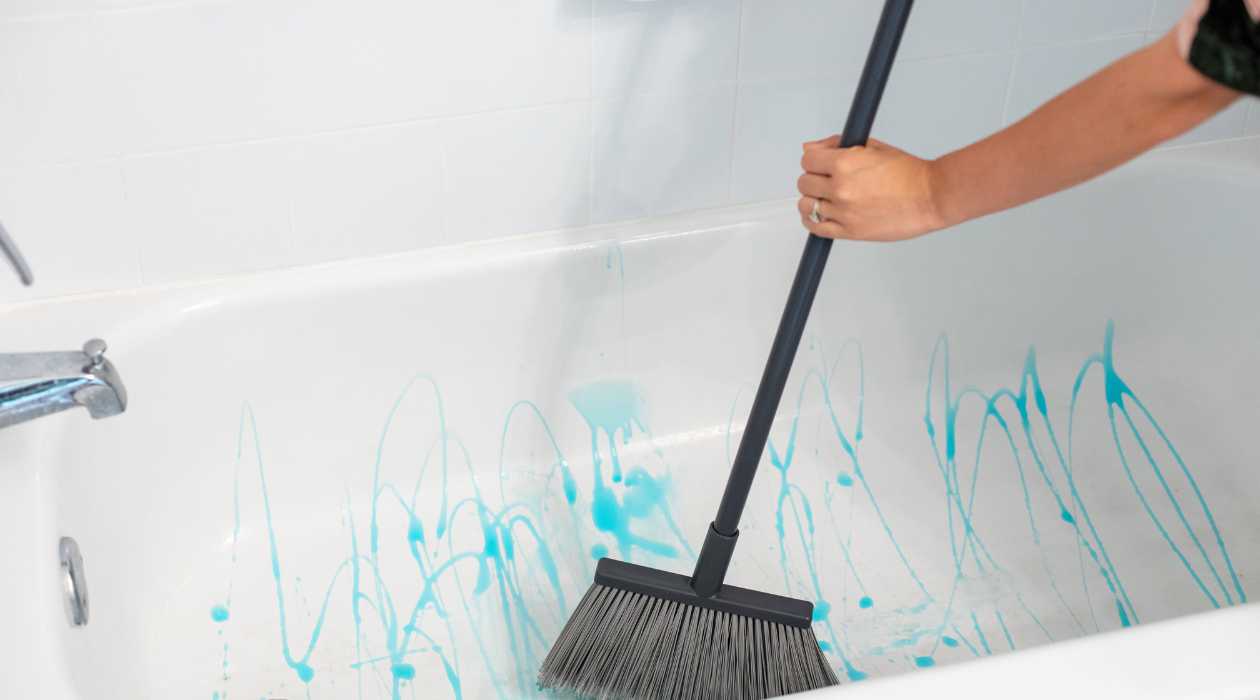

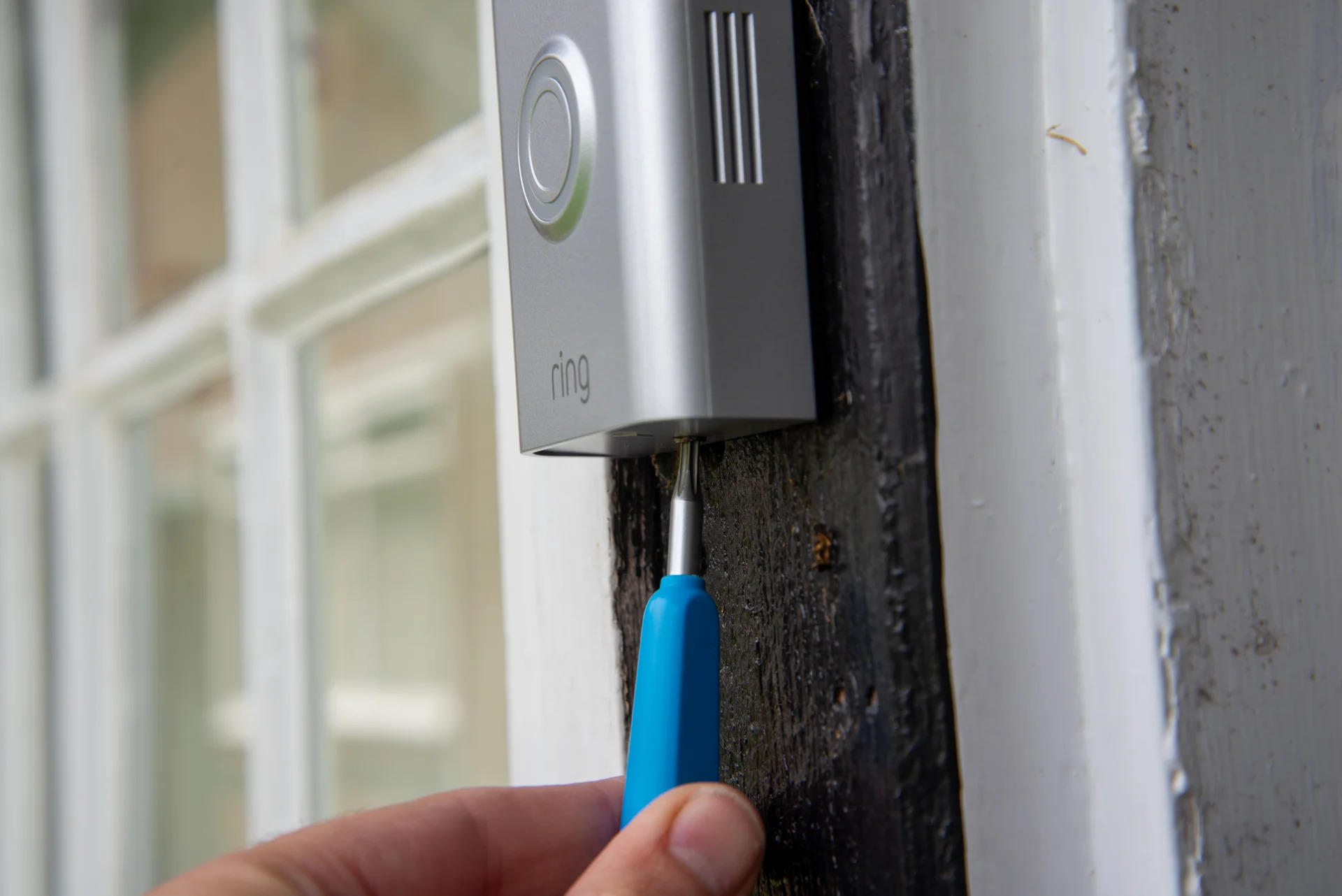
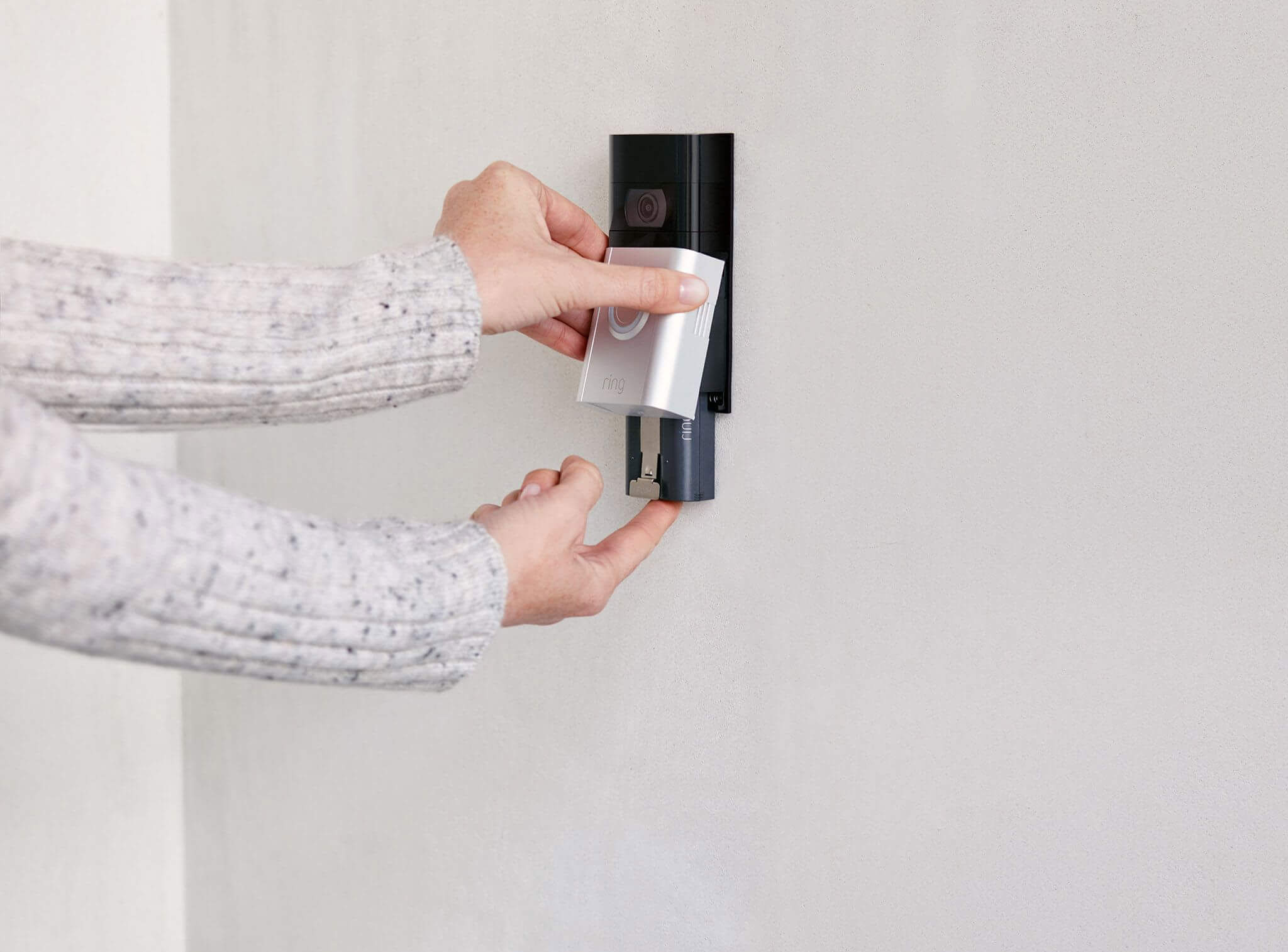
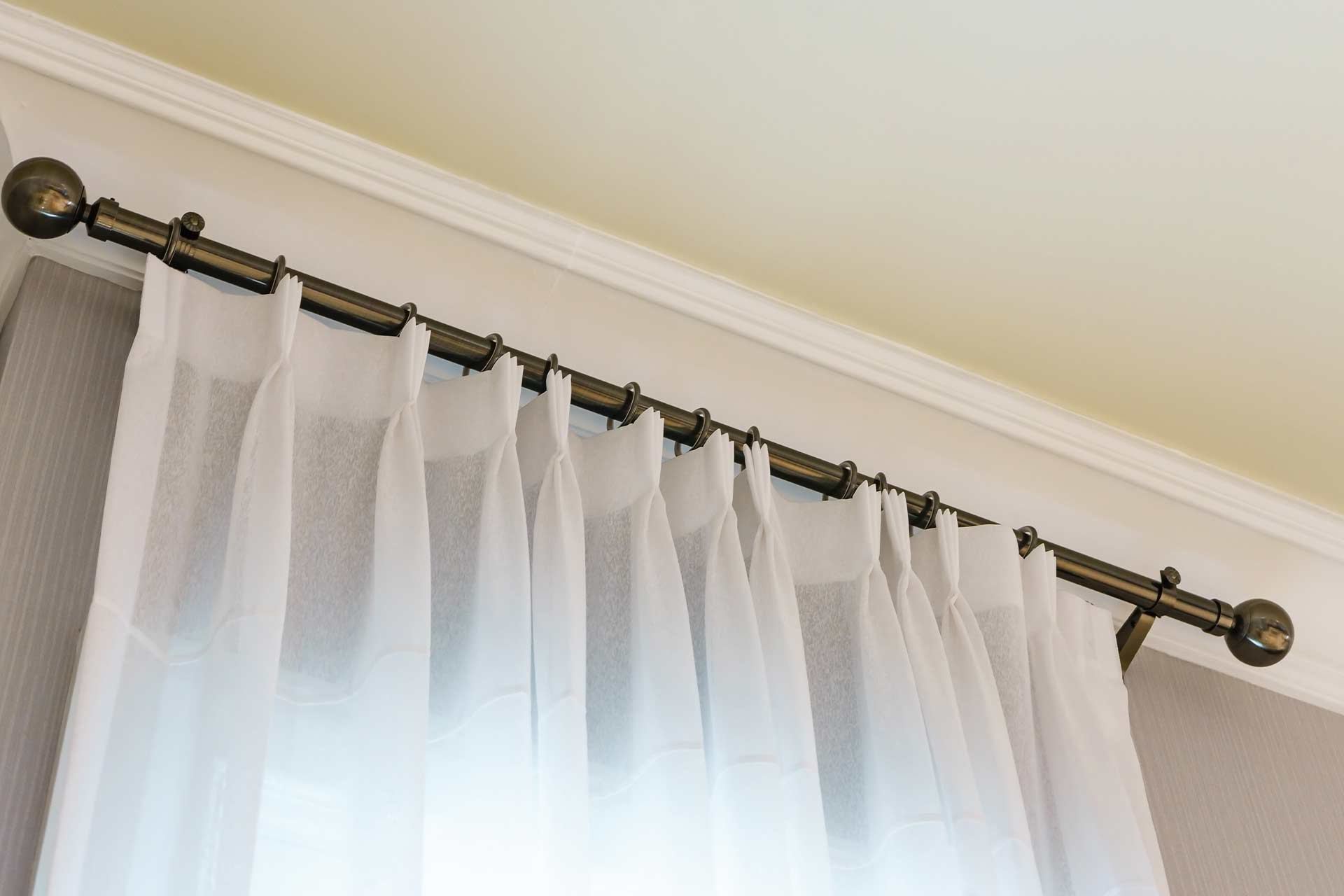
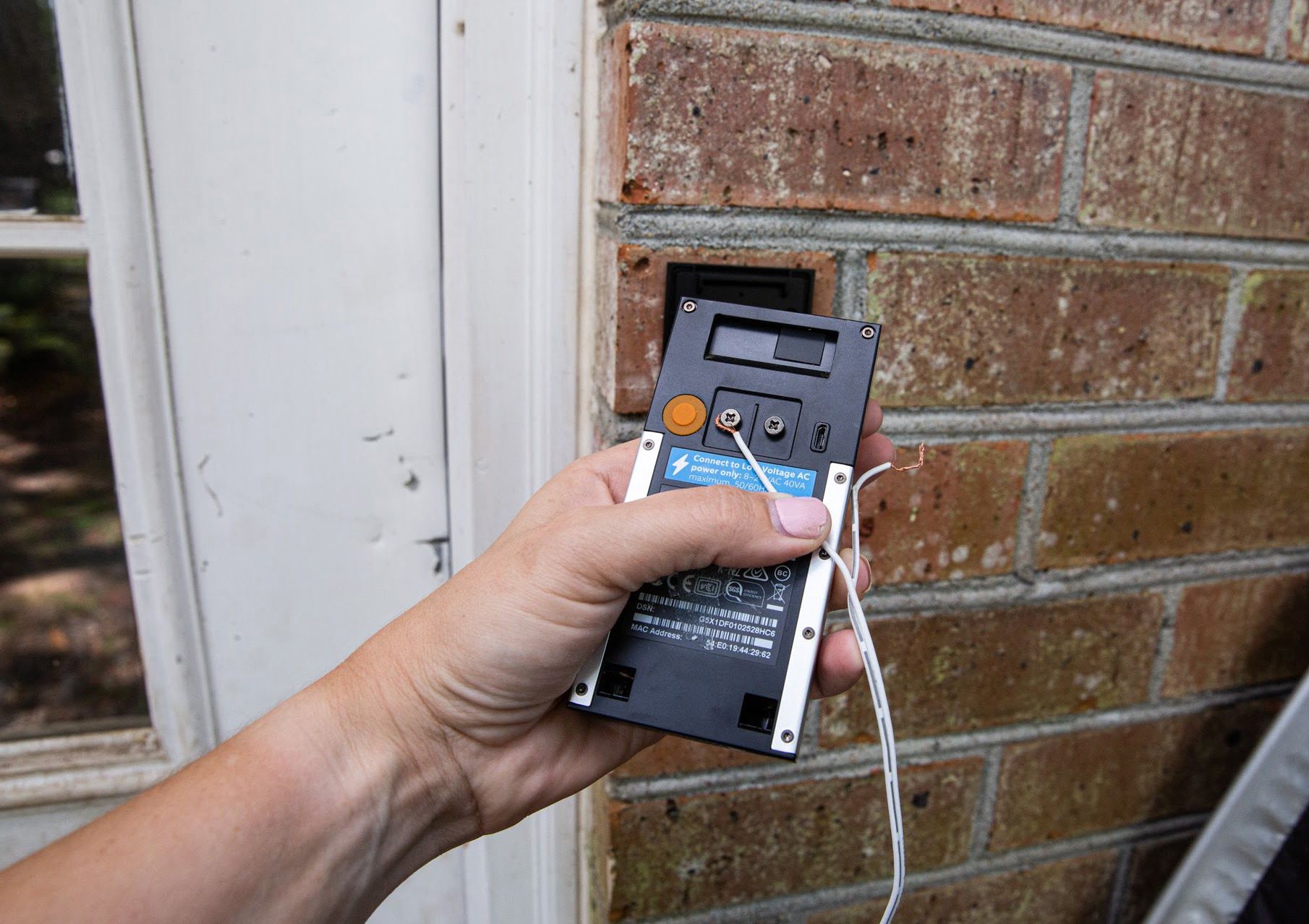
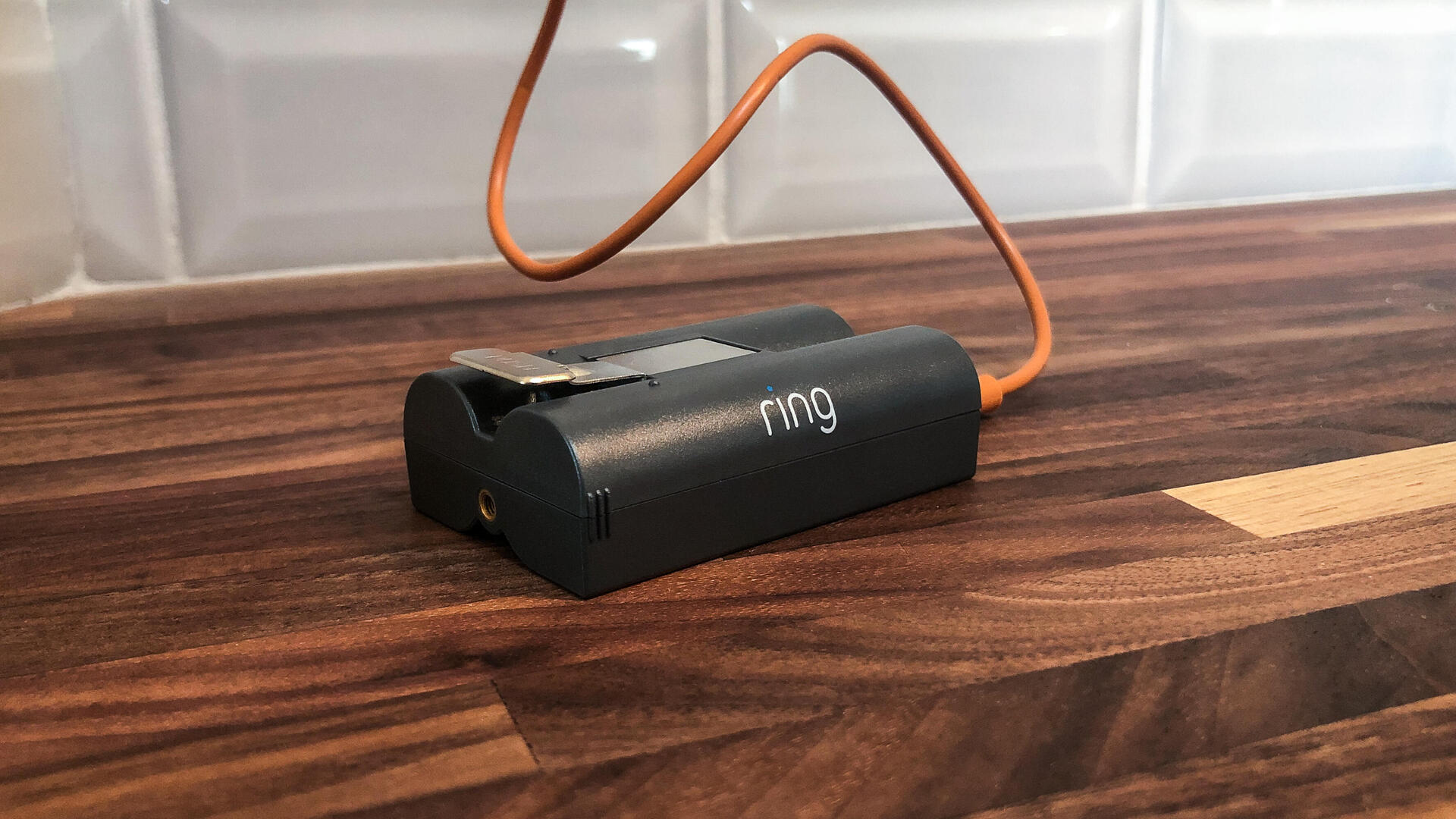
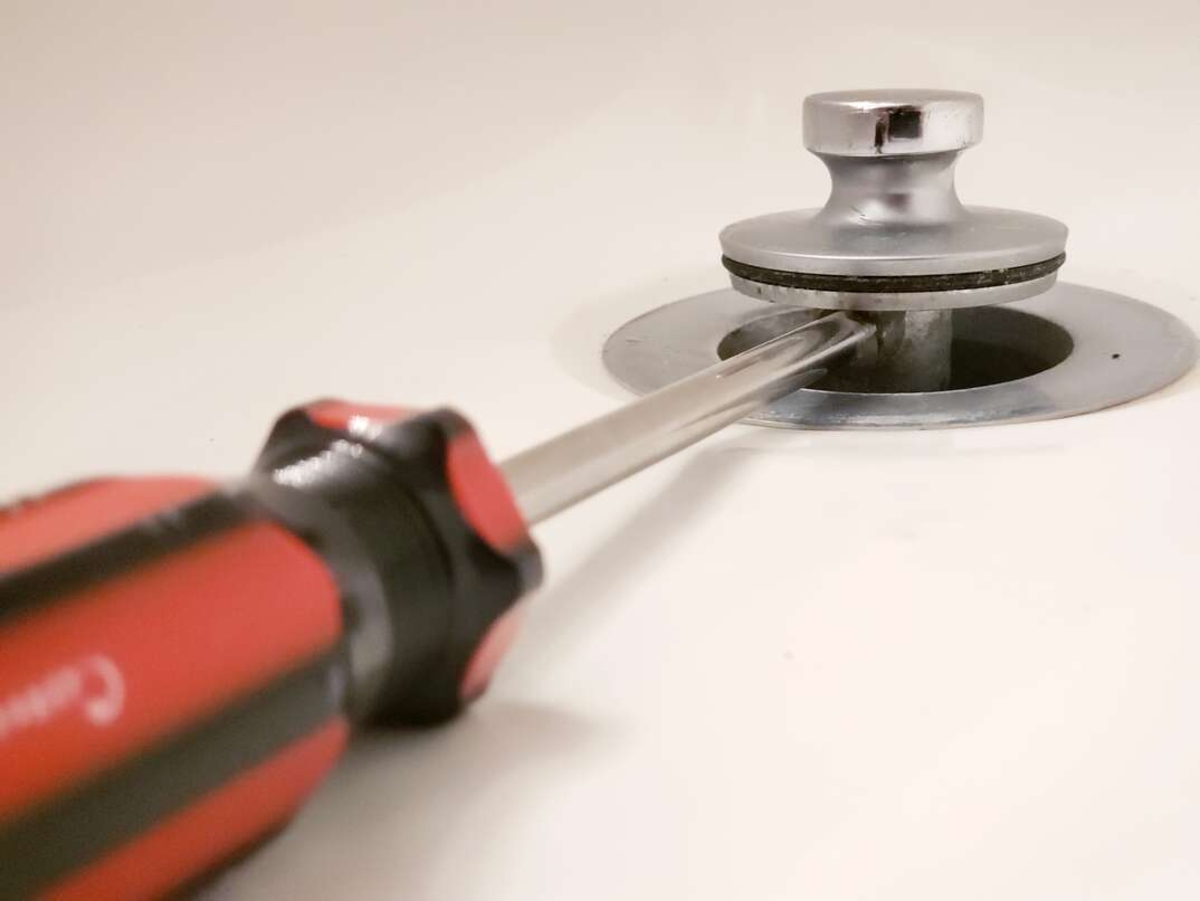
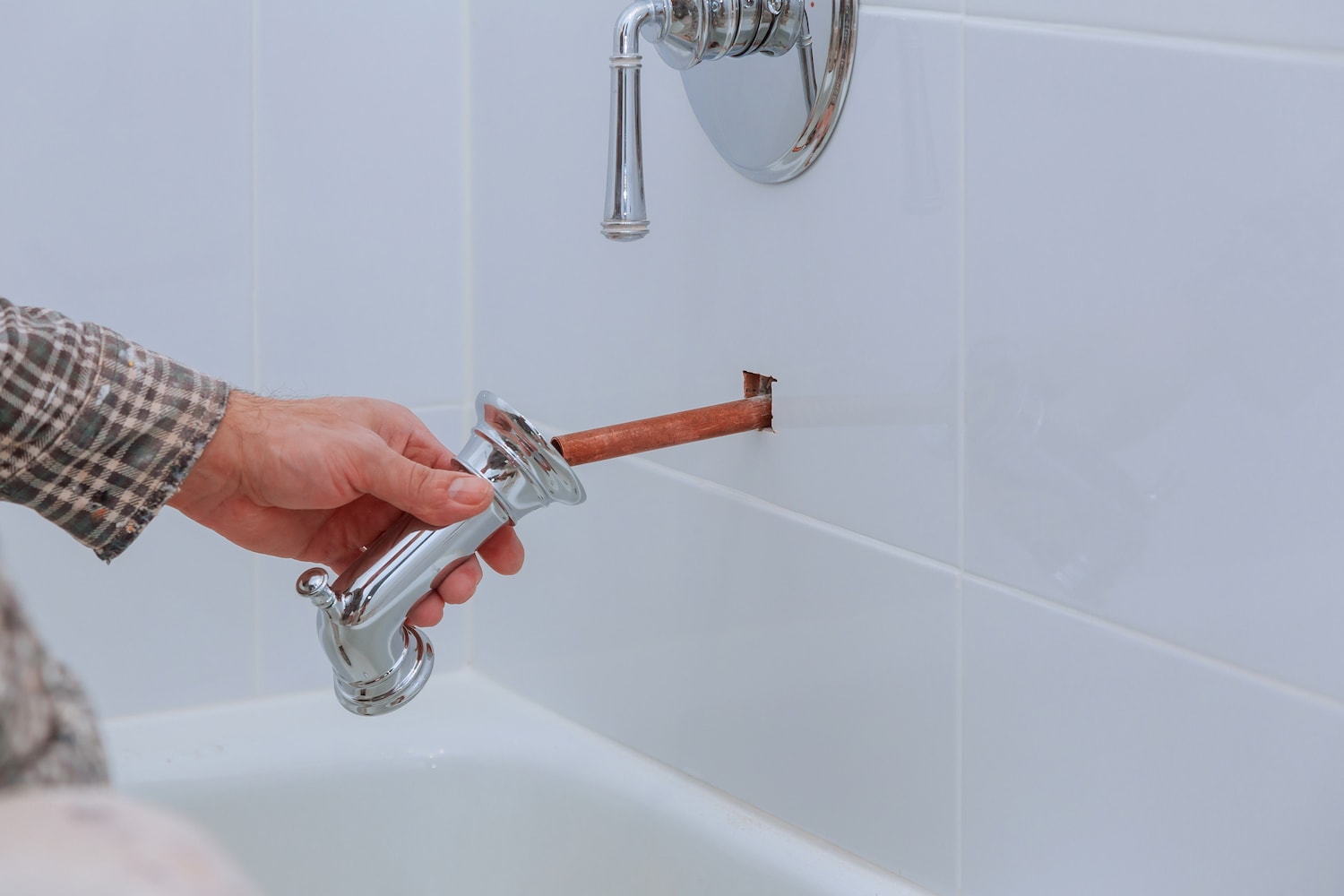
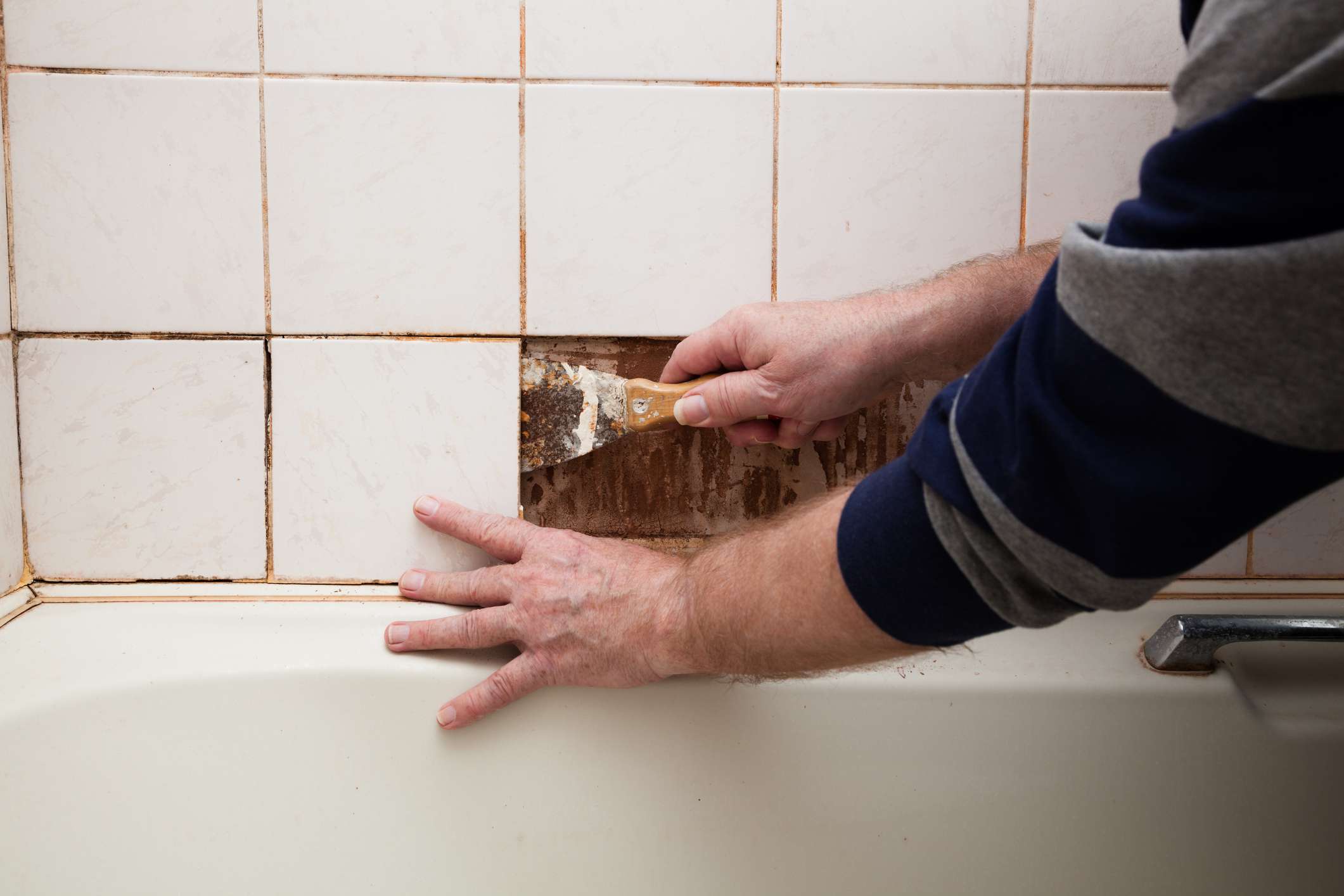



0 thoughts on “How Do You Think The Bathtub Ring Formed”